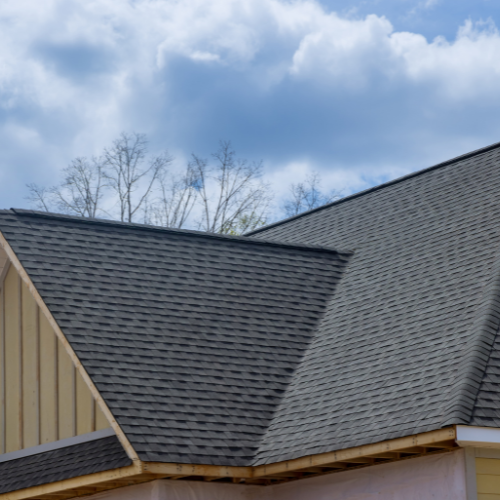What Do Roofers Do?
by siteadmin

Roofers install and repair the coverings that keep a building's interior dry and safe. They use a variety of materials, including shingles and bitumen, to create a waterproof barrier that prevents water from seeping into buildings and damaging the structure or its contents. Roofers also use a wide range of tools and equipment to cut, shape, and hammer shingles into place. Some roofers specialize in particular roofing styles or materials.
Roofer duties may include meeting with clients to discuss their roofing needs and estimating the cost of materials and labor. They often work with other construction professionals, such as carpenters and electricians, to complete a project. If a roofer is installing a new roof, they may measure the existing roof to determine its dimensions and pitch. They then lay down layers of material to build a protective cover, starting with a vapor barrier and ending with the roofing material of the client's choice. Clients often select shingles, but other roofing materials are available, as well.
On flat or low-slope roofs, a roofer may lay down a single-ply membrane of a waterproof plastic or rubber. This is common in commercial roofs, but it can also be used on residential roofs. Roofers may also install solar shingles, clay tiles, wooden shakes, or metal shingles on roofs with steep pitches. Some roofers specialize in the installation of green roofs, which contain soil and plants to reduce the heat island effect in urban areas.
Most residential roofs are covered with shingle roofs. To apply a shingle roof, roofers first prepare the surface by applying a layer of insulation and spreading a tarlike substance over it. Roofers then nail overlapping strips of shingle over the top of the insulation. After the shingle layer is in place, roofers seal the seams and cover any exposed nails with cement or roofing sealant. Roofers may also install flashing–strips of shingle or metal that fit around vent pipes, chimneys, and other protrusions on a roof.
Many roofers enjoy the challenge of working outdoors and prefer to work in warm weather. But they must be able to cope with the extremes of climate, as snowy and rainy conditions can significantly slow or even stop roofing work. Roofers also need to be able to work long hours, as they are usually on a deadline to finish a project before the next big storm or snowfall. To do so, they must work quickly and accurately, especially when cutting shingles. They also need to be able to climb ladders and scaffolding to reach various parts of a roof. Moreover, roofers are often required to wear safety harnesses when on the job.
https://www.springvalleyroofing.com/
Roofers install and repair the coverings that keep a building's interior dry and safe. They use a variety of materials, including shingles and bitumen, to create a waterproof barrier that prevents water from seeping into buildings and damaging the structure or its contents. Roofers also use a wide range of tools and equipment to cut,…
Recent Posts
- Roofing Company Savannah Sheds Light on the Lifespan of Roofs: How Long Should a Roof Last?
- New Orleans Concreters Advocates for Stamped Concrete Driveways as the Ultimate Choice for Durability and Style
- Choosing the Best Gutters for Your Jacksonville FL Home
- Choosing the Best Gutters for Your Chicago Home
- A. Parker Contracting Emerges as Premier Roofer in Delaware: Serving Newark and Wilmington Areas with Excellence
